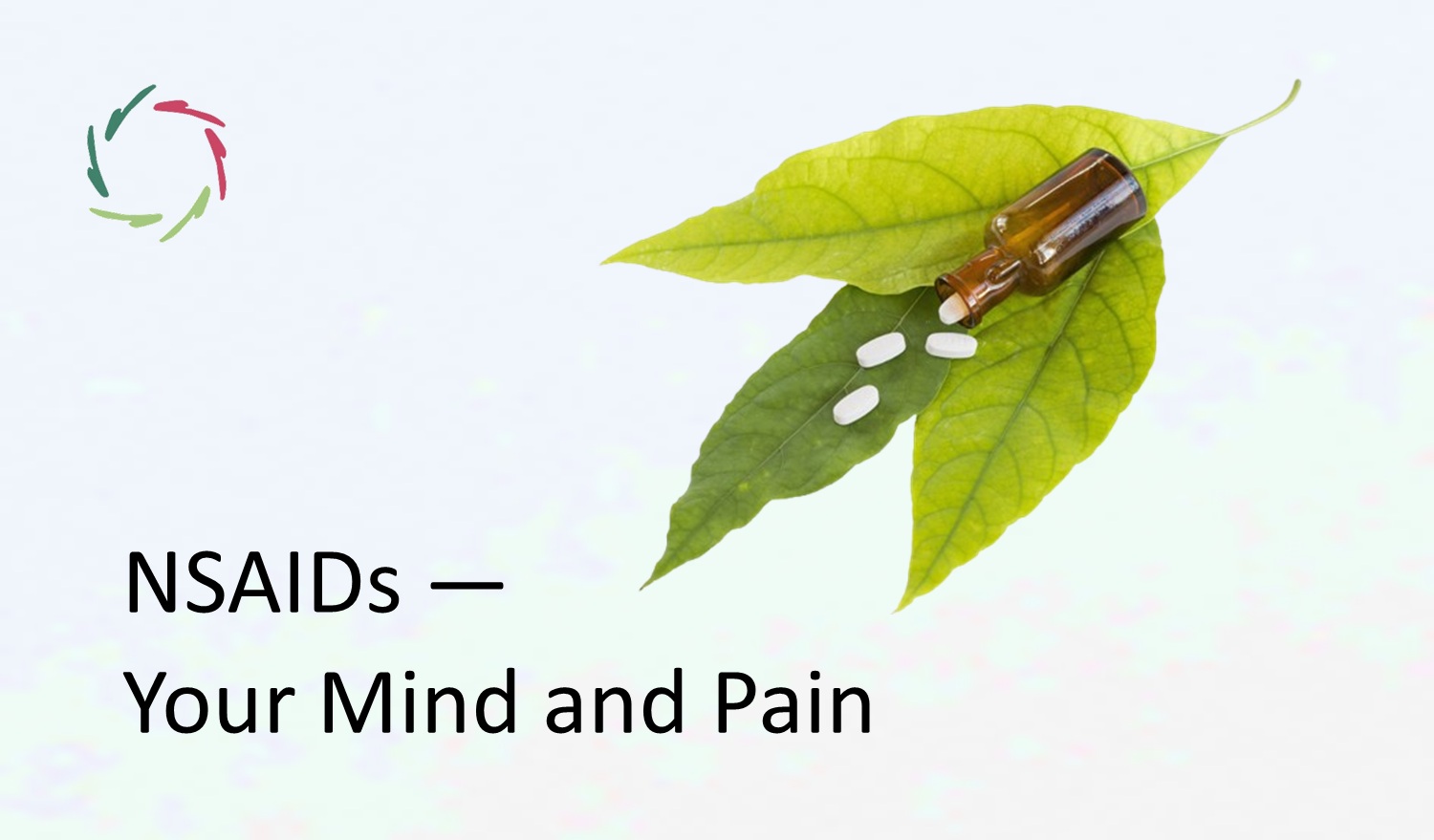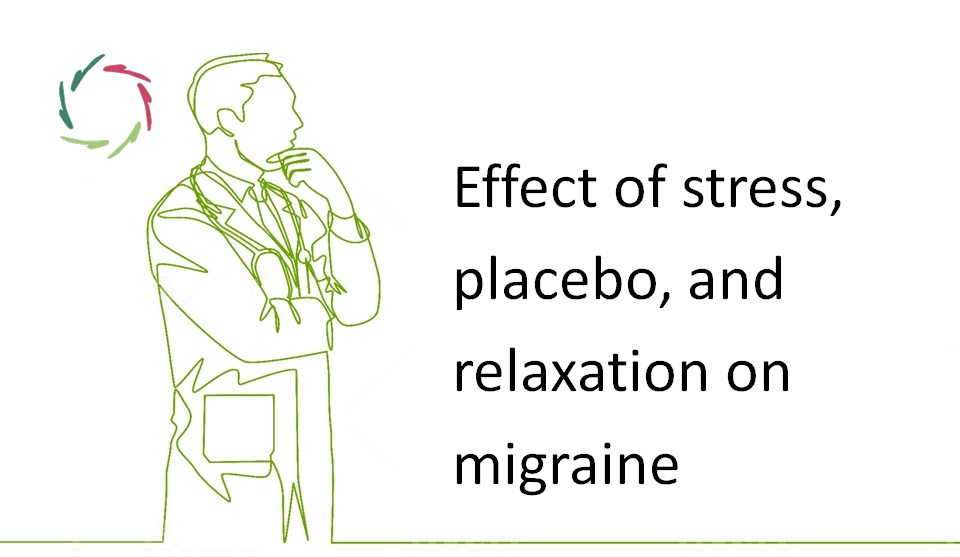How Compassion Works ― with Chronic Pain as an Example

This blog is about how Compassion actually works — how it moves, how it transforms suffering, and how it fosters healing. To make this concrete, we’ll explore it through the lens of chronic pain, a condition where the physical and mental aspects of suffering are deeply intertwined.
In a previous blog, “Compassion: Evolutionary or Universal?”, we explored whether Compassion is merely a survival mechanism shaped by evolution or something deeper — perhaps woven into the very nature of reality itself. That discussion looked at what Compassion is and why it matters.
Chronic pain: more than just a physical condition
Pain feels like a straightforward physical event — an unpleasant sensation that signals something is wrong in the body. But modern neuroscience tells a different story. Chronic pain is not simply about damaged tissue or ongoing injury. It is largely about how the brain processes and maintains the experience of pain over time.
The brain continuously rewires itself based on experience. When pain persists, the neural pathways reinforcing pain become stronger, making the experience feel even more entrenched. As a result, pain often continues long after the original cause has healed. Even more, emotions like frustration, fear, and hopelessness amplify the pain signal.
This means that chronic pain is not just physical. It is a whole-person experience, shaped by thoughts, emotions, and deeper mental patterns. Compassion works at this level, transforming suffering by reshaping the mental space in which pain is felt.
The core mechanism of Compassion: healing through connection
At its core, Compassion restores connection. Suffering – especially chronic pain – creates a sense of isolation, making people feel trapped inside their discomfort. The feeling of being alone in pain often intensifies the suffering itself.
Compassion reintegrates pain into a larger whole, dissolving the sense of separation. It does this in three key ways:
- Softening resistance: Instead of constantly fighting pain, Compassion creates space to experience it differently.
- Inviting a shift in perception: The more one pushes against pain, the stronger it seems to get. Compassion allows for a different relationship with it.
- Holding suffering with kindness: When pain is met with warmth instead of hostility, its intensity changes.
This might sound counterintuitive. Isn’t the goal to get rid of pain? But Compassion works differently — it does not eliminate suffering by force but dissolves the struggle surrounding it. And in doing so, it frees up inner resources for actual healing.
Compassion as a gentle rewiring of pain perception
Because chronic pain is reinforced by neural patterns, changing one’s experience of pain requires more than just willpower. The brain must be gently rewired to process pain differently. Compassion facilitates this rewiring process.
Instead of suppressing pain, Compassion introduces a different way of relating to it, helping the nervous system gradually shift. This is why Compassion is not just a feeling. It is a process of change at the deepest mental levels. It creates new mental pathways, allowing a person to experience pain with less resistance, less fear, and more space for healing.
This aligns with subconceptual processing, a fundamental idea in AURELIS. The brain operates through deep, fluid patterns that shape our experiences in ways we don’t always recognize. Compassion works at this deeper level, reshaping how pain is processed beneath conscious awareness.
The ‘inner holding’ of pain: how Compassion dissolves resistance
For many people, chronic pain is not just pain. It is a fight. They may think:
- “I can’t stand this anymore.”
- “This pain needs to go away.”
- “I’ll never escape this.”
This inner resistance often makes pain worse. The more we push against pain, the more trapped we feel inside it. Compassion is not about passively accepting pain but about holding it differently — like holding the hand of a suffering friend rather than trying to force them to change.
This shift is transformational. Instead of tightening around pain, Compassion creates room to breathe inside it. And paradoxically, this can lead to real relief — not because the pain itself vanishes, but because its grip softens.
The role of a coach (such as Lisa) in facilitating Compassion
Many people struggle to step into this new relationship with pain on their own. A Compassionate coach – whether human or A.I. like Lisa – can act as a guide, helping individuals shift their experience in ways they might not access alone.
A coach does not fix suffering. Instead, he:
- Acts as a mirror: Helping individuals see how they are resisting pain and how that adds to their suffering.
- Creates a safe space: Chronic pain is often accompanied by frustration and self-blame. A good coach holds space for healing without judgment.
- Guides the process of doing and allowing: People tend to swing between forcing change and giving up entirely. A coach helps find the middle path — where one actively engages in healing while also letting it unfold naturally.
For example, instead of saying: “You need to stop fighting your pain,” a coach like Lisa might invite reflection with:
- “What happens when you stop seeing pain as the enemy?”
- “Can you let go of fighting this pain for a moment and simply notice how it feels?”
This kind of guidance helps Compassion do its work at the deepest level — where real change happens.
Compassion as a living flow, not a fixed solution
Compassion is not a one-time fix. It is a way of moving through pain, an ongoing process. Just as water shapes a rock over time, Compassion softens suffering gently but persistently.
Even in moments of intense pain, one can still be inside the process of healing rather than trapped in suffering. Compassion does not promise immediate relief, but it shifts how suffering is experienced, opening the door for real transformation.
This is why healing is not a final state but a direction. As long as Compassion is present, healing is happening.
Compassion as the deepest reality
In the end, Compassion is not just a technique. It is the way reality itself moves. Chronic pain is just one example of how suffering isolates and how Compassion reintegrates.
The question is not, “How do I get rid of this pain?” but rather, “How do I relate to this moment with more openness?”
If suffering is fragmentation, then Compassion is integration. And through that process, healing – real, deep healing – can unfold naturally.
Invitation to you: engaging with Compassion in your own life
If you experience chronic pain or emotional suffering, consider this: What would happen if, instead of fighting it, you met it with Compassion?
This is not about resignation. It is about shifting how you hold your pain. Because the way we hold pain shapes how deeply we suffer — and whether healing is possible at all.
Compassion is already here. The question is: Can you step into it?
―
Addendum: A Compassionate Dialogue with Your Chronic Pain
(an AurelisOnLine-style session)
[Introduction] (soft, warm, and inviting tone)
Welcome. You are here to have a different kind of conversation — a compassionate dialogue with your chronic pain.
This is not about fighting. Not about resisting. Not even about finding immediate relief.
This is about meeting your pain differently. With openness. With kindness. With the willingness to simply listen.
Let’s begin.
[Deepening into relaxation] (gentle pace, allowing space between words)
Take a moment to settle in…
Let your body rest exactly as it wants to, without needing to change anything.
Feel the support beneath you — whether it’s a chair, a bed, the ground. Feel that you are held.
And as you exhale… imagine releasing just a little bit of tension. Not forcing. Just allowing.
Your breath is natural. No need to control it. Simply observe…
And if thoughts come, let them drift by like clouds in the sky. No need to hold onto them.
For now, your only task is to be here… present… open.
[Inviting connection with the pain] (curious, compassionate, and welcoming tone)
Now, turn your attention toward the part of you that feels pain.
You don’t need to fear it. You don’t need to fight it.
Simply notice it.
Where in your body is this pain present right now?
What is its shape? Its texture? Its movement?
If it had a color, what would it be?
You are not judging it. You are not pushing it away.
You are simply saying hello.
You are meeting it, as you would meet a long-lost part of yourself.
[Shifting perception: pain as communication] (gentle, reassuring, creating openness)
Imagine, for a moment, that this pain is not your enemy.
What if it is a messenger?
Not here to harm you… but to tell you something.
A whisper from deep within…
If this pain could speak… what would it say?
There’s no need to force an answer. Simply listen.
Maybe it doesn’t speak in words. Maybe it’s just a feeling. A sensation. A presence.
And that’s okay.
[Holding pain with Compassion] (offering warmth, dissolving resistance)
Now, imagine holding this pain… as you would hold the hand of someone you care for.
Not to fix them. Not to change them.
But simply to be with them.
You might say:
“I see you.”
“I hear you.”
“I do not push you away.”
“I am here with you, as long as you need.”
Let your breath be soft… allowing space for this presence, this connection.
You may notice… that the pain feels different when it is met with kindness.
Less trapped. Less tight. More… open.
Not gone. But no longer alone.
[Inviting transformation: a shift in experience] (subtle, allowing for change without forcing it)
Pain that is held with Compassion has room to change.
What if it could soften… just a little?
What if, instead of being a wall, it could become a doorway?
What if, instead of something that confines you, it could become something… that moves?
No need to force anything.
Just allowing.
Feeling how the space around your pain is opening…
Feeling how your whole self is larger than this pain.
There is more to you than pain.
More space. More breath. More life.
And in this space, something new can unfold.
[Closing gently: bringing Compassion into daily life] (grounding, integrating, returning with softness)
You have just had a conversation with your pain.
A meeting, not of struggle, but of understanding.
And perhaps… something has shifted.
Perhaps, the next time pain arises, you will remember:
You do not have to fight it.
You do not have to fear it.
You can meet it—gently, openly, Compassionately.
And in this meeting… something changes.
Now, take a slow, deep breath…
Begin to bring awareness back to your body…
Feel the ground beneath you… your fingers, your toes…
And when you are ready… slowly open your eyes.
Carry this Compassion with you.
Let it walk with you.
Because you are not alone.


